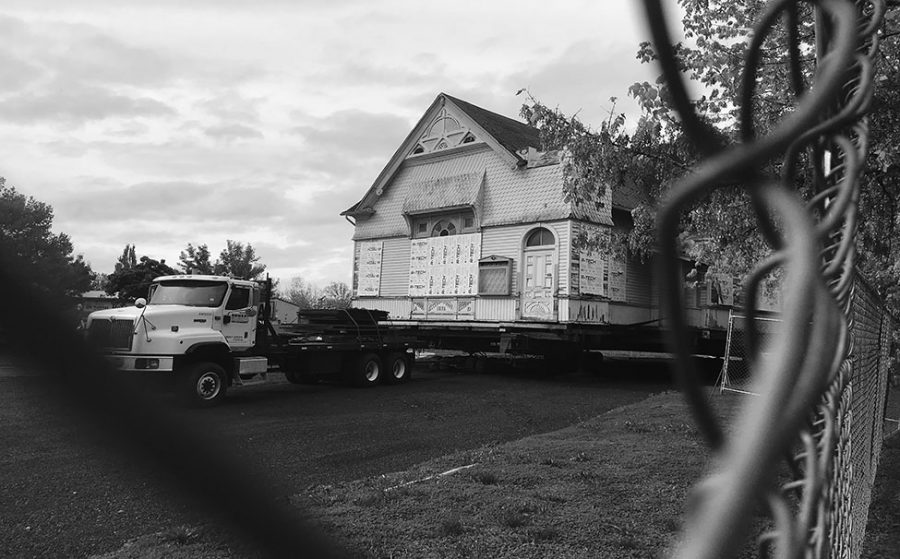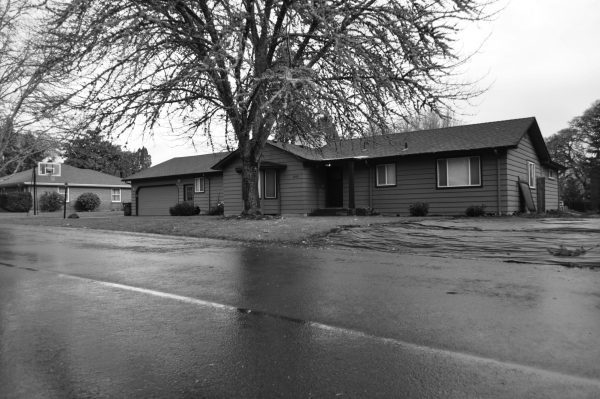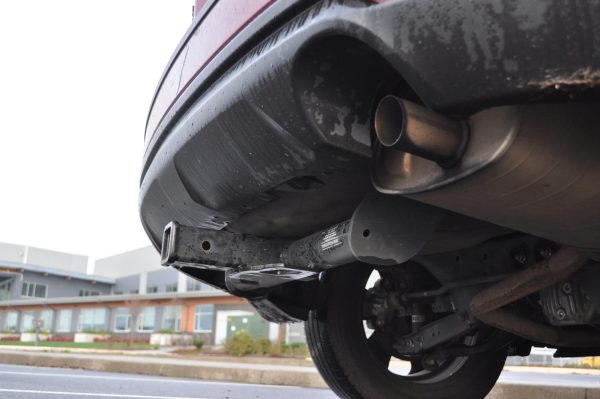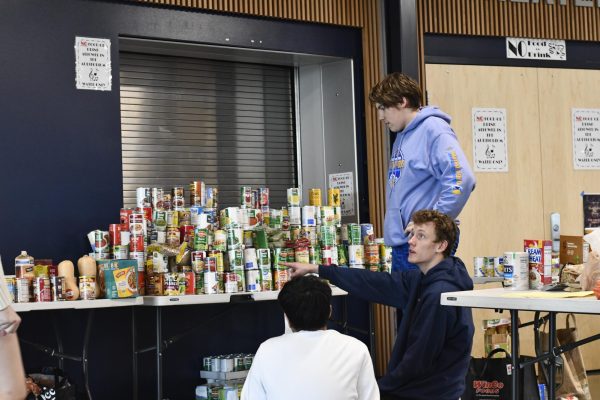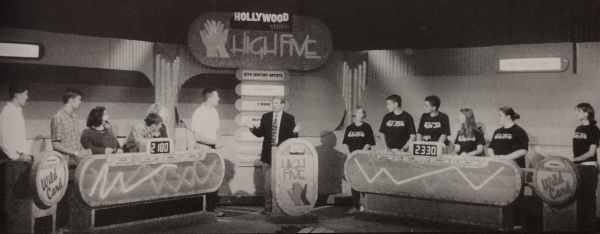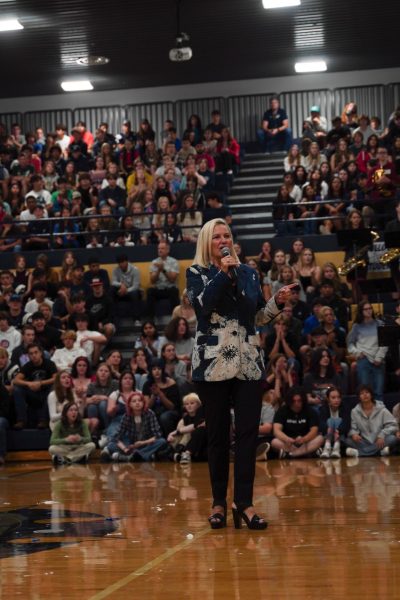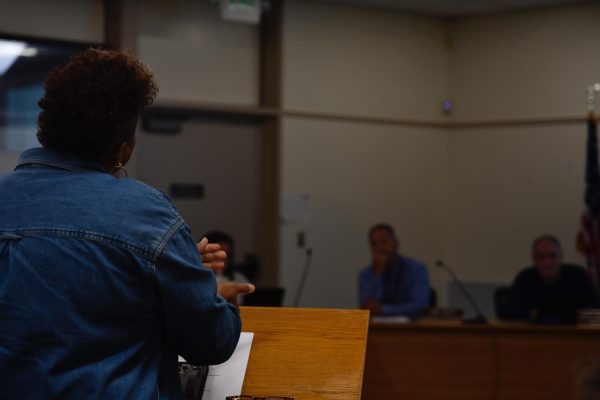A Moving Community
HOW AN ENTIRE CHURCH WAS MOVED DOWN THE BLOCK
Loads of things are moved by trucks everyday. Logs, furniture, and produce aren’t uncommon items, but a church absolutely is. On Oct. 17, the Cumberland Church was moved an entire block from 401 E. Main St. to 520 Pine St. with community-funded trucks and lots of planning. The church in question is over 100 years old and is in need of restorations.
The president of the Cumberland Community Events Center, Emma Eaton explains what gave them the push and idea to move the church. “We had already invested time, energy, and passion in the building to make it a community center,” Eaton said. “We could not let it get destroyed.”
The Cumberland Community Events Center bought the church for a single dollar. This made
sense since the city would have to pay more to demolish the church. After purchasing the new lot and working out agreements with the city such as permits and purchases of land, the Cumberland church could finally move.
First the basement was completely demolished by a team of volunteers to clear a working area to raise the building. Hydraulic jacks were placed to slowly push the building off the foundation. After, the building was carefully lifted onto a truck and slowly moved down the street. It now rests on steel beams waiting for a foundation to be poured.
Eaton hopes that one day the church will be used for education, health, and the fine arts. She also said that it will be avail- able to rent for events for a fee, which will help keep the building in good condition.
For Eaton as well as others working on the project, the mov- ing of the church was an extremely significant moment for the community. The move isn’t the end of this project though, and as Joel Orton, vice president of Cumberland Community Events Center explains, this was only the beginning. “This is only phase one, and in total there will be four phases,” Orton said. “In all we’ll need multiple millions of dollars, in the range of two to four million in total.”
On a positive note, progress has been made. “This is the first time that someone looking outside could see some kind of results of what we were doing,” Eaton said. “To have that moment where you’re at ground zero and you work so hard to get there for so long, it was just fulfilling.”
Your donation will support the student journalists of West Albany High School. Your contribution will allow us to purchase equipment and cover our annual website hosting costs.


